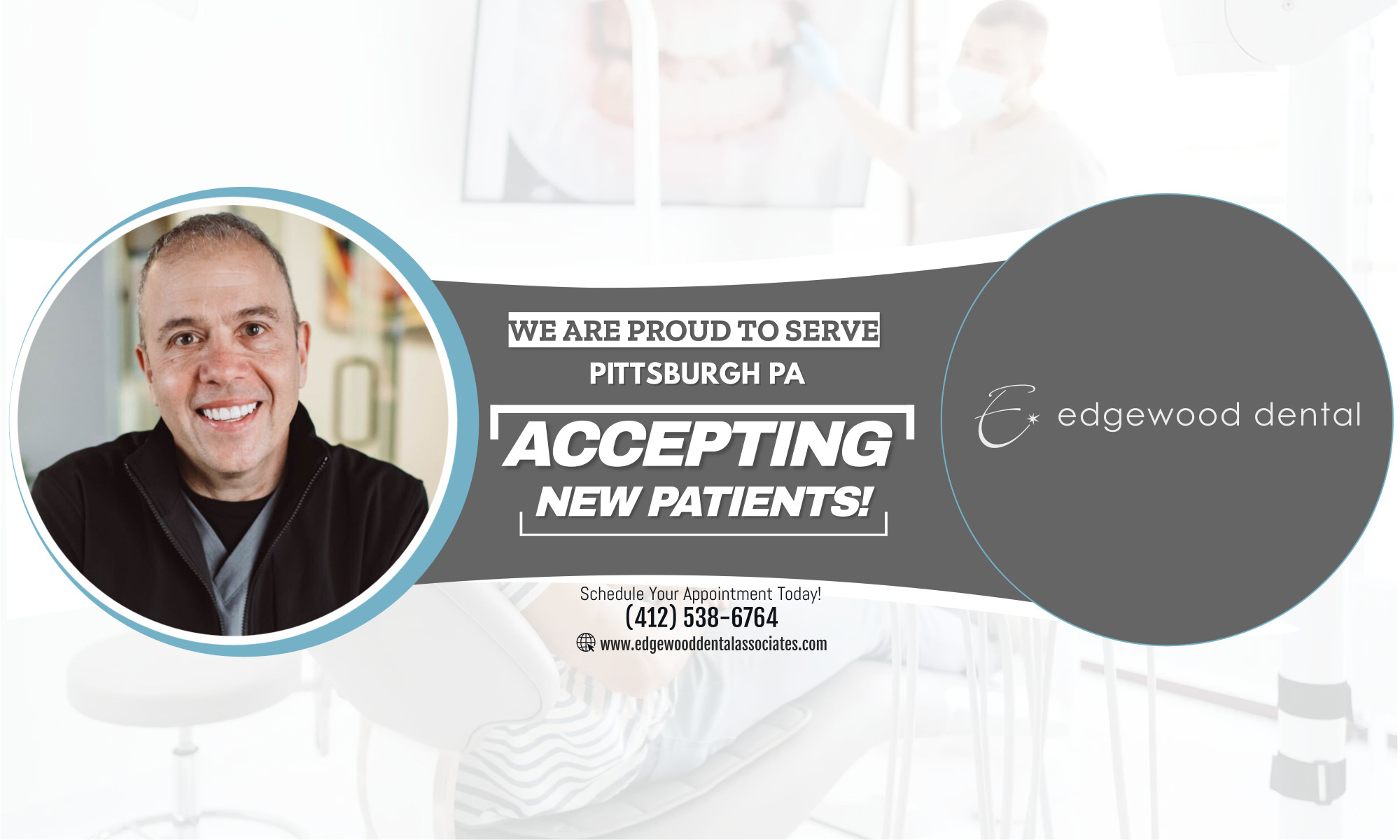Invisalign is a system of clear mouthguards that can be used instead of braces to help straighten teeth.
The big advantage is that Invisalign looks better and is more comfortable than braces.
However, not everyone is a candidate for using the system so you with have to check with your dentist.
If an orthodontist certified in Invisalign says you can benefit from the system, they will take impressions of your mouth, write up a detailed specification and then send everything to a high-tech lab.
Next, the lab will show the orthodontist a preview of the appliances.
The lab then makes a series of “aligners” – depending on the situation, you may need between 12 to 48 aligners.
After the impression of the teeth is taken, it will normally require a visit to the orthodontist every six weeks.
Some patients will be advised to wear metal braces for a period and then switching to Invisalign when their mouth is ready.
For many people Invisalign provides an ideal way of making their smile look better.
